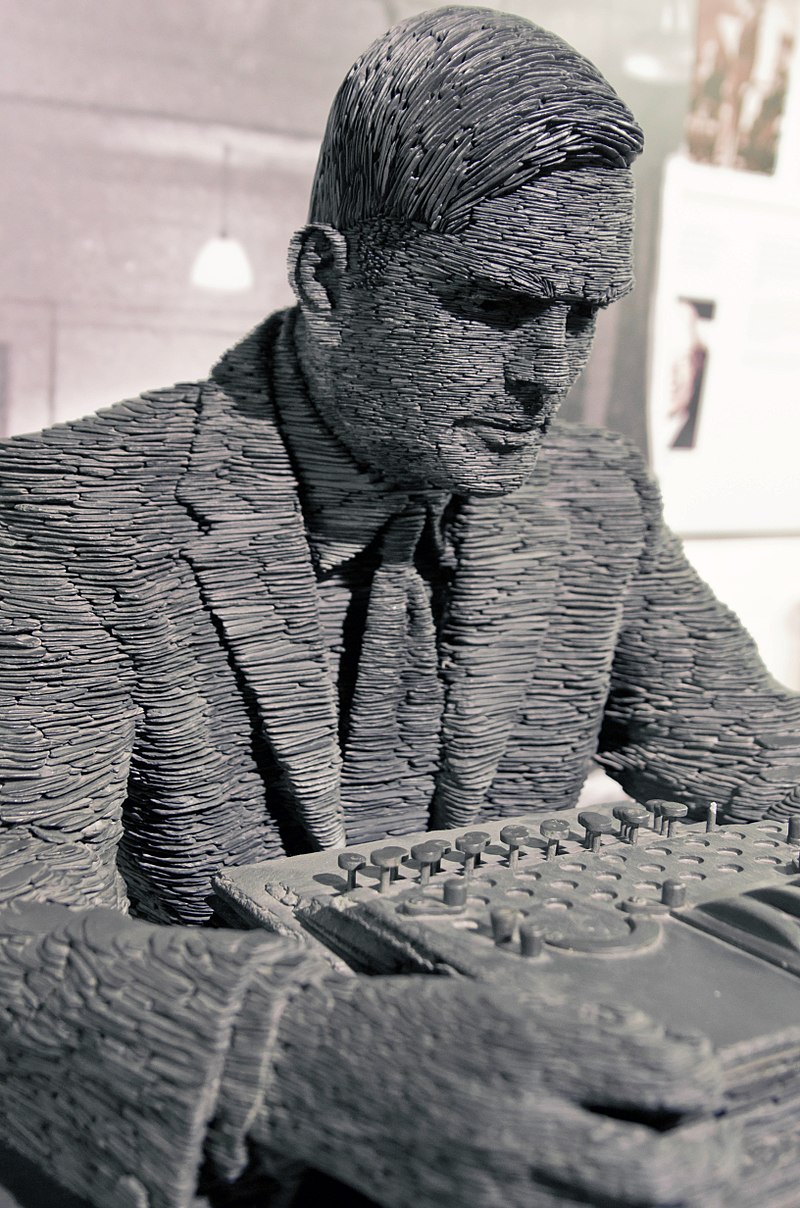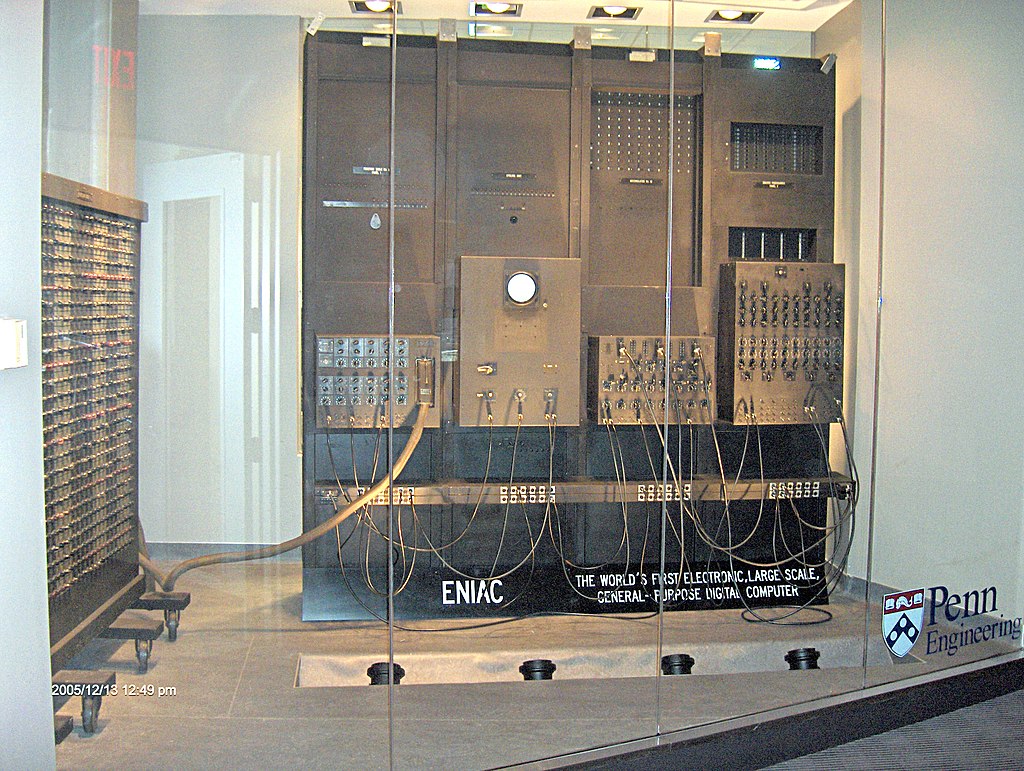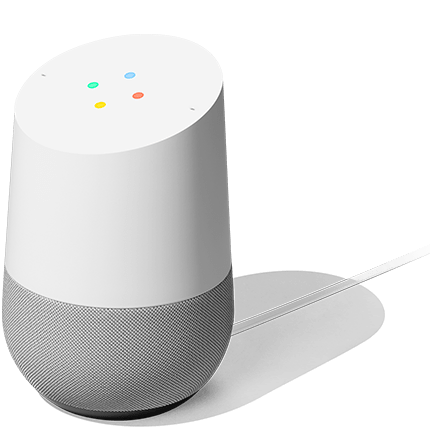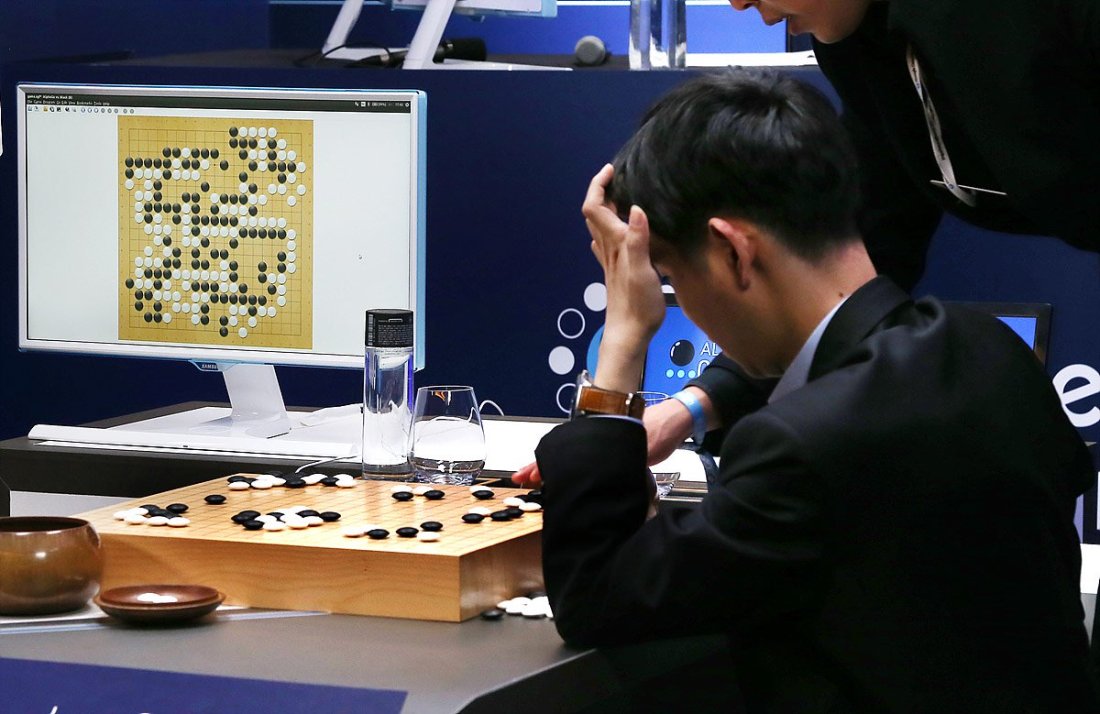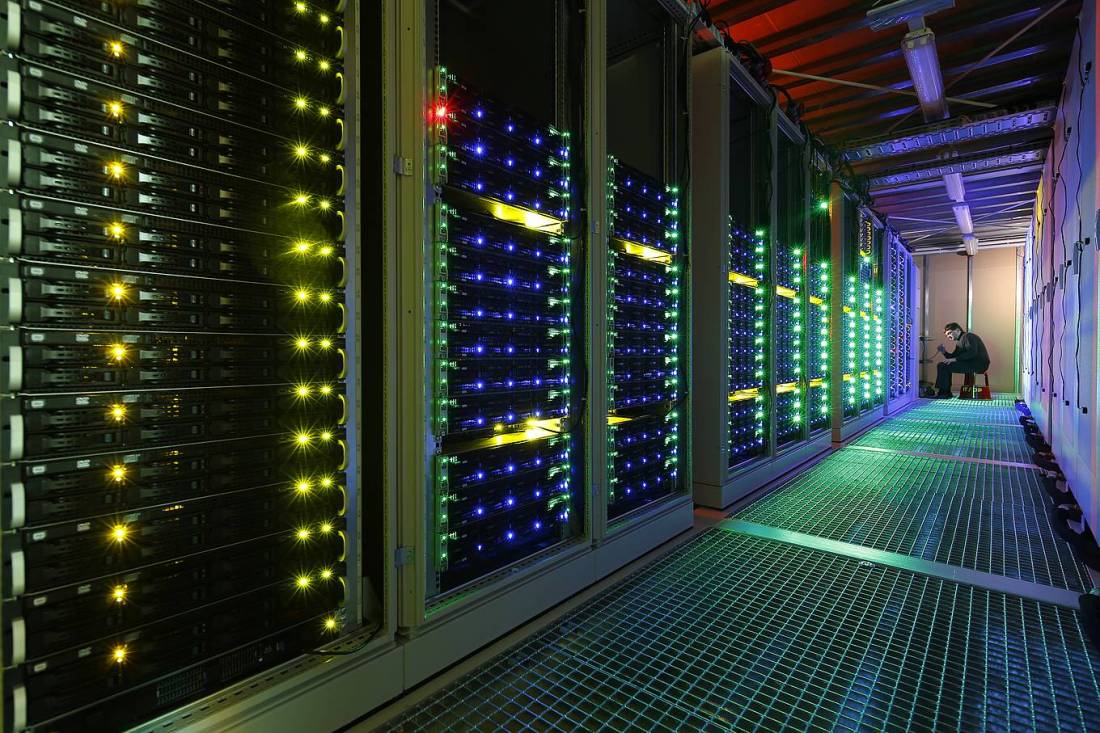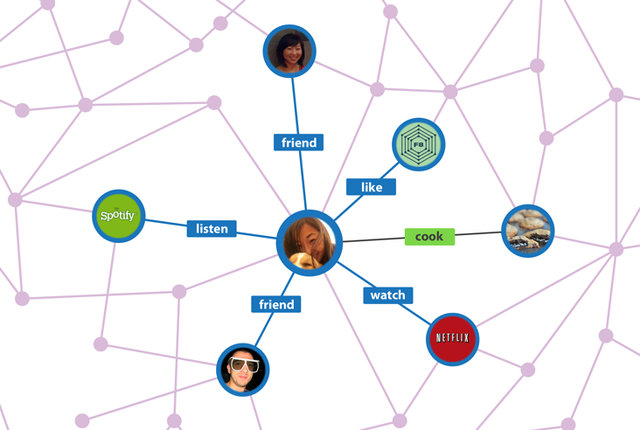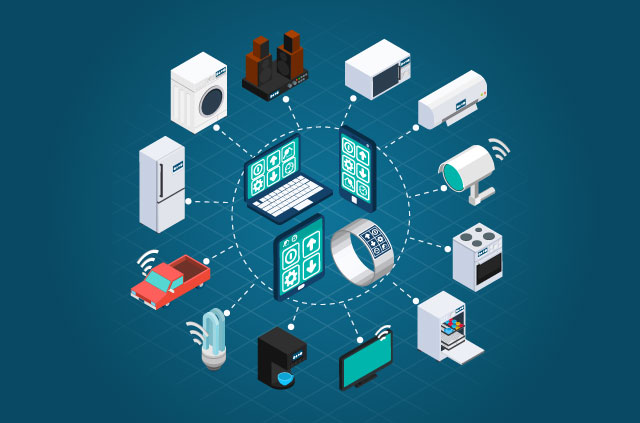"Mathematics is the music of reason."
James Joseph Sylvester
Mathematics – that school subject that sometimes causes a cold shiver to run down the spine of many a student. Contrary to what many people think, math is not a very difficult subject and one does not need to have an aptitude for numbers in order to excel at it. In this essay, I will like to throw some light on the relevance of math in our school curriculum, discuss its numerous applications, and suggest a method in which the teaching of mathematics should be administered in our schools and colleges.
Math is the science of quantity and number. It is omnipresent in everyday life. Take a good look at the anatomy of most living beings and you will see symmetry; life cycles of animals and plants, the evolution of natural processes like weather patterns and seasonal cycles, and the motion of heavenly bodies (like the planets around the sun) bear testimony to the importance of periodicity in nature. Differential equations are employed in the modeling of increase and plummet in stock prices, prime numbers are used to enforce security in our computer systems, and optimization of industrial processes are achieved with the use of calculus. From an early age, mathematical thinking becomes so deeply ingrained in the very fabric of our thought processes, so much so that we become oblivious to how much we depend on it. For example, before we even start going to pre-school, we are able to recognize differences in quantity, sort objects, and identify patterns (like the interchange between day and night). I cannot overemphasize the key role math plays in our society and why it should be regarded as a sublime tool we need to master in order to better understand how our world operates.
Mathematical thinking permeates many areas of modern society. In Law, logical thinking aids lawyers to formulate factual and rational arguments that can convince members of the jury to acquit their clients. This is because a large part of mathematics teaches individuals how to construct flawless proofs. The language of math is extremely precise. Over the years, mathematicians have developed a consistent system of logic and terminology that has helped to resolve ambiguity in mathematical parlance. This approach has been incorporated into several fields like computing, linguistics, engineering just to name a few. For example, in computing, computers would never have been built if the programming languages which are used to operate them were not exact. Due to the sometimes imprecise nature of natural language, linguists use a technique called part-of-speech tagging to disambiguate between similar meanings of a sentence. Beyond precision and rigor, mathematical thinking helps us to analyze and solve problems for which we do not have a standard procedure. This aspect helps explain why major employers of nowadays value workers who have strong analytical thinking skills – those who are able to “think outside the box” when faced with novel problems. This ability helped Stanford graduate students — Larry Page and Sergey Brin — to develop a new, efficient mathematical procedure (called the PageRank algorithm) for web searches, which led to their creation of Google in 1998.
Do you remember the approach you took when you were told find the roots of a cubic polynomial? What you likely did was to guess one of its roots, and then use it to obtain a quadratic polynomial which you could easily factorize. Well, you weren’t aware that what you were using recursive thinking to solve your problem. Recursive thinking, commonly known as the divide-and-conquer strategy, involves breaking a large problem into smaller chunks (mini-copies of the original) which are easier to solve. Recursive thinking is a derivative of recursion – the latter refers to the repeated application of a procedure on itself. The use of recursion is pervasive in our world. The most efficient sorting and search algorithms are recursive in nature. Sorting algorithms help keep the alphabetical ordering of names in our phone contact list, priority queues control interrupts so that phone users are able to pick up calls even when using apps, compression algorithms are used to reduce the size of memory used to store files, thanks to the power of recursion. Fractals, which are objects composed of repeated patterns of some unit structure, are constructed using recursion. Capillary branches of our blood vessels and dendrites of neurons, snowflakes, tree branches, lightning bolts, and the awe-inspiring shell of the Nautilus snail, are all examples of fractals that can be found in nature. Our blood capillaries take advantage of their fractal (or branched network nature) to carry out the efficient distribution of blood to far-off tissues. Recursion has a place in games too. In chess, for example, the eight-queens problem can be solved using recursive thinking. Indeed, recursion is pervasive, and we must learn to accommodate it in our problem-solving toolkits.
Is it a worthwhile use of time to elaborate on how we can amend the teaching of math? Given the above arguments, Yes! How then should mathematics be taught? My proposal is that teachers should change the way the subject is presented to students. During the teaching of mathematics, more emphasis should be placed on thinking through a problem, instead of applications of procedures or formulae. As the old adage goes: “Give a man a fish to eat, and he’ll eat for a day. Teach a man to fish and he’ll eat for a lifetime.” When students are taught to simply apply formulae, they lose their creativity, and as such, they tend to shy away from solving problems that are different from those they’ve encountered before. Mathematics is the science of patterns. The multitude of problems in our world can be categorized into different classes; problems belonging to a particular class require a certain pattern of thought to arrive at their solutions. These patterns of thought represent the various branches of mathematics like logic, probability, etc. Students should, therefore, have a solid understanding of the different classes of problems and the thinking patterns associated with each class, so that they can go beyond the application of formulae to the development of new, sophisticated techniques to solve novel problems they meet in future. In our world of bewildering complexity, where the breadth or scope of problems is seemingly endless, only those who are able to learn, unlearn and relearn new ways of approaching problems will soar above the challenges the future holds. And I will argue that a fair amount of maturity in mathematical thinking is required to develop the aforementioned abilities.
I believe its time we moved on from whining about how challenging math is to appreciating its efficacy so that we can harness the power of mathematical thinking to find the best solutions to our diverse local and global impediments. To wrap up this essay, I leave you with the quote below:
"Art begins in imitation and ends in innovation."
